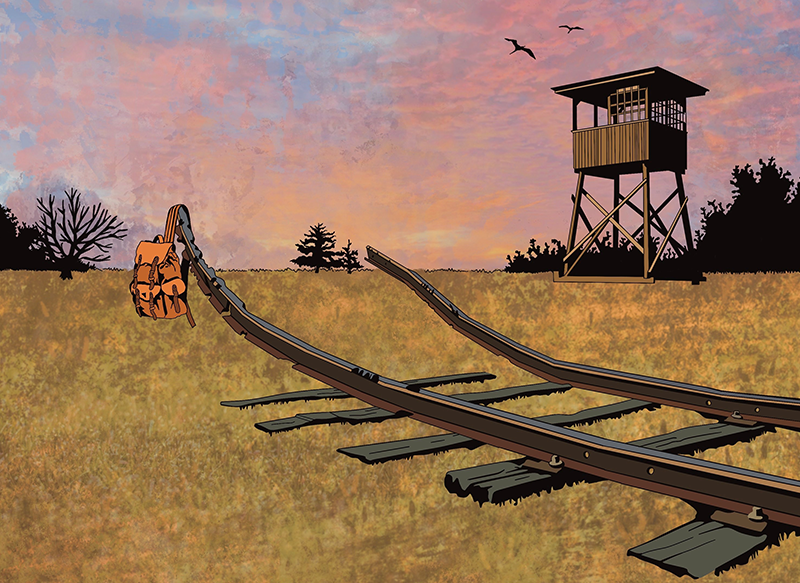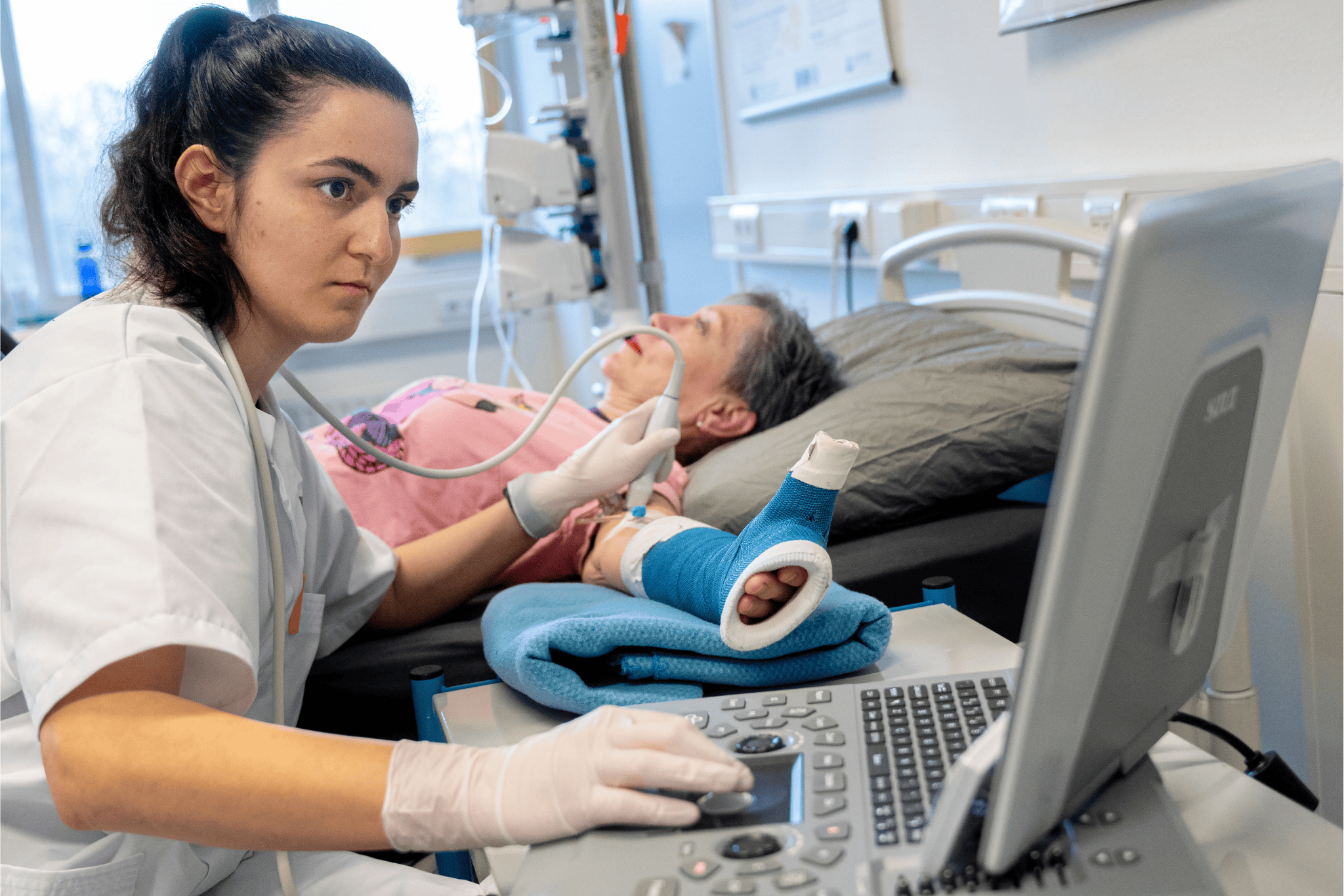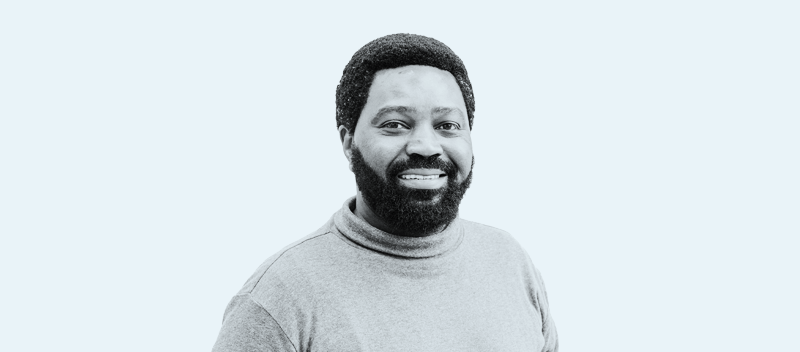Library employee Dannie de Kleijn’s house was once home to the Jewish student Bernhard van Gelder, who was murdered in Auschwitz. A commemorative paving stone will be placed in front of the house.
One stone in the pavement outside Gravinnestraat 2 in Wageningen is different from the others. On it is written: ‘Boas Roffesa 1900-1943 instrument maker’. Roffesa lived at this address with his wife Anna during World War II. But the Roffesas were not the only residents. From November 1940 until the spring of 1943, Bernhard van Gelder, a student at the Higher Agricultural College, lived here too. He didn’t get beyond the foundation year at the college; he died in Auschwitz.
Dannie de Kleijn, the Front Office team leader at the Forum Library, had been living on Gravinnestraat for about five years when a letter landed on the doormat outlining plans for a paving stone to commemorate what happened to Boas Roffesa during the war. This was in 2012. But the history really came alive when De Kleijn was approached by the Open Jewish Houses route organization. ‘They asked whether we wanted to take part by telling the story of the former Jewish occupants of our house. That’s how it started.’ By now it was 2019, just before the Covid-19 pandemic broke out. After the pandemic, she embarked on some research. At that point she had held two ‘open houses’ and had mainly told the story of Boas and Anna. But now she turned her attention to Bernhard’s story – or as much of it as she could find, since information was scarce.
Clandestine
Bernhard van Gelder was born in The Hague on 23 February 1916, the youngest son of Rabbi Izak van Gelder and his wife Lea Coster. He was one of eight children. In October 1936, at the age of 20, he left for Groningen to study at the Agricultural College. There he met his future wife, Martha, the daughter of the well-known local photographer Joël de Lange, who, like Van Gelder, was of Jewish descent. It is not known when the young couple got married. Bernhard decided to pursue further studies in Wageningen, where he enrolled to study Dutch Agriculture in the academic year 1939-1940. He lodged with a Jewish landlady in Renkum for a year, then moved to Veenendaal for seven months before arriving at Gravinnestraat in Wageningen at the end of November 1940, six months after the start of the war for the Netherlands. Exactly what Bernhard did during the war years is not known.
When Bernhard heard that his parents had been arrested, he left for his parental home
His name was no longer in the registers of the Agricultural College, and yet the annual report of 1942 mentions that he passed his foundation-year exam on 21 April. Clandestinely, because Jewish students were banned from higher education.
Auschwitz
In February 1943, Bernhard’s parents were seized and transported to Camp Westerbork in the Netherlands. On 10 March, they were put on a train to Sobibor concentration camp in Poland, where they were murdered on arrival on 13 March. When Bernhard heard that his parents had been arrested, he left for his parental home. ‘Somebody,’ says De Kleijn, ‘we don’t know who, sent him a message saying that if he turned himself in, his parents would be freed. So he went, in spite of warnings from those around him not to believe that promise.’
The warnings were well-founded. Bernhard and Martha were arrested in The Hague and brought to Camp Vught in the Netherlands on 2 April 1943. His parents had died six weeks earlier. Documents in the Arolsen Archive (of victims of the Nazi regime) show that Bernhard and Martha arrived in Camp Westerbork on 2 July. They stayed there for two and a half months before being transported to Auschwitz on 21 September. Bernhard was murdered on arrival two days later. Martha survived the camp, remarried after the war and emigrated to Toronto in Canada, where she died in April 2008.
Unclear portrait
Those are just the bare facts. But who was Bernhard van Gelder? What were his plans? What were his dreams? And above all: what did he look like? De Kleijn does have an answer to the last question. Thanks to contact with a distant relative, she got hold of a family photo with Bernhard and Martha in it. Small and unclear, but it does fill a gap. Close study of the small amount of archive material reveals a few more details. According to the Westerbork records, Bernhard was a teacher of agriculture and Hebrew. He was also assessed as ‘able to perform independently and interact well with an audience’. The notes on his physical condition say: ‘limps, otherwise healthy.’
Documents from the Jewish Council tell a story too. In 1943, Bernhard and Martha were working towards emigrating to Palestine. De Kleijn even believes that the aim of studying in Wageningen was to equip him for a new livelihood in Palestine. The papers seemed to be in order by 31 August, three weeks before his transportation to Auschwitz. On 27 September, the emigration department records with bureaucratic precision: ‘Further action is pointless. 23/9.’ The day Bernhard van Gelder was gassed.
The Open Jewish Houses route takes place on Sunday 28 April. Information is available on the website of Wageningen 45.

 Illustration Valerie
Illustration Valerie 

